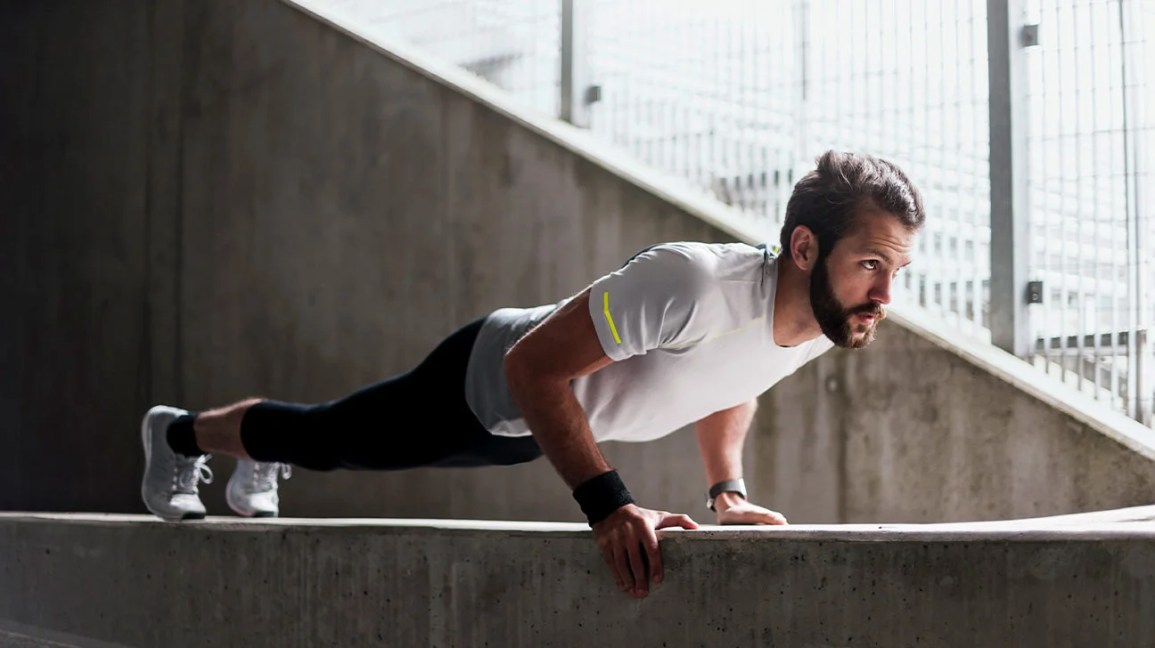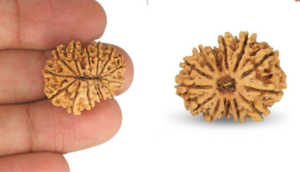
Exercise can be good for our skin. It has the potential to improve healing by increasing blood flow to skin cells, allowing oxygen and nutrients to enter and waste to escape. Numerous studies have shown that exercise can help lower stress and enhance happy chemicals in our bodies. Fildena 200 and Cenforce 200 will surely help you live a long and fruitful life.
Going to the gym, on the other hand, can introduce acne-causing bacteria and yeast into your skin, creating more recurrent outbreaks. If you’re wondering if exercising promotes acne and how to avoid post-workout acne, we’ve got some tips for you!
Physical activity undertaken with the goal of developing or maintaining physical fitness and general health is referred to as exercise. Regular exercise is an important part of living a healthy lifestyle since it improves both the body and the mind.
If you feel it’s the reason, don’t put down your workout equipment just yet. You are not needed to quit working out. Follow these methods to keep your skin clean when engaging in sports and going to the gym.
Regular exercise is beneficial to many facets of physical health. It aids in the improvement of cardiovascular health, muscle strength and endurance, flexibility, and the promotion of healthy weight control. Regular physical exercise can also help lower the risk of chronic illnesses including heart disease, type 2 diabetes, and some cancers.
1. Put on comfortable clothing and accessories.
Wear clean, loose-fitting, moisture-wicking clothes that will not irritate your skin when working out. Tight clothes and accessories, such as bra straps, headbands, or spandex garments, can produce acne in the area of recurrent contact.
Physical activity has a substantial influence on mental health. It can assist with stress, anxiety, and depression symptoms. Physical exercise causes the production of endorphins, which are natural substances in the body that enhance happiness and decrease pain perception. Exercise regularly can help increase sleep quality while also improving mood and cognitive performance.
2. Remove your makeup before exercising.
Do you apply cosmetics before heading to the shooting range? We advise you to pause and wash and remove your makeup before exercising. Our skin’s pores will expand due to increased blood flow. As a consequence, perspiration and germs can become trapped in the larger pores if you apply makeup. If you keep doing this, you may develop blocked pores and acne in the long term. Nobody wants that!
3. When exercising outside, use sunscreen.
Before going outside to exercise, apply a substantial amount of sunscreen to any exposed skin that is not covered by clothes. UV rays not only cause rapid skin aging and skin cancer, but they can also cause breakouts if not protected. How? The sound causes our skin to dry out, leading it to create more oil. Consider applying broad-spectrum sunscreen with an SPF of 30 or higher to avoid this. Choose waterproof solutions tagged “oil-free”, “non-comedogenic”, or “skin issues”.
4. Pull back your hair.
Long-haired people should keep their hair away from their faces. Natural oils exist in our hair, and some hair care products might migrate to our skin. Our hair may also retain moisture on our skin, blocking pores and encouraging fungal development, which leads to outbreaks.
Aerobic activity, strength training, and flexibility exercises are the three basic forms of exercise. Aerobic workouts, which promote cardiovascular fitness, include brisk walking, jogging, cycling, swimming, and dancing.
Weightlifting, resistance training, and bodyweight exercises are examples of workouts that focus on muscular strength. Stretching and yoga, for example, enhance joint mobility and range of motion.
5. Never share personal protective equipment (PPE).
It’s time to cease sharing safety equipment like shoulder pads or helmets. These products include acne-causing bacteria as well as oil, which can lead to outbreaks. While we’re talking about equipment, you must clean it before utilizing it. If you use your hands to operate the equipment and then wipe your brow, you are merely distributing acne-causing germs and oil from the equipment to your skin.
This is why you should avoid continually touching your face with your hands during a workout. All of the oil, germs, and debris that you’ve come into contact with might be transferred to your skin, blocking pores and creating infections.
6. Sweaty garments should be replaced as soon as possible.
Don’t stay in your sweaty garments forever! If you want to avoid backne, make sure you change out of your sweaty clothes right after your activity.
Finding methods to include exercise in your everyday routine might help you live a more active lifestyle. This might include actions like using the stairs instead of the lift, walking or bicycling to work, participating in leisure sports, or setting aside time for specific fitness sessions. It is critical to discover things that you love and to make fitness a part of your daily routine.
7. Take a shower after your workout.
Shower after your workout if it is feasible. This will remove any accumulated dirt, oil, or germs. It’s also a good idea to use benzoyl peroxide-containing face and body cleansers for acne-prone skin. This mixture may aid in the reduction of the acne-causing bacteria Bacterium acnes.
If benzoyl peroxide is too harsh for your skin, you may eliminate oils and germs after your workout using an oil-free cleanser or micellar water. If you are unable to shower after working out, you should be able to wash your face.
8. Consult with a dermatologist.
If none of these recommendations work, see a dermatologist. If these self-care techniques do not work for you, a dermatologist can prescribe acne treatments. They also know how to handle excessive perspiration, which adds to post-workout acne.
The amount and intensity of exercise prescribed might differ based on characteristics such as age, fitness level, and health state. Adults should strive for at least 150 minutes of moderate-intensity aerobic activity per week or 75 minutes of vigorous-intensity aerobic activity per week, in addition to strength training activities twice a week.
Before beginning a new fitness program, it is critical to talk with a healthcare practitioner, especially if you have any underlying health concerns.







